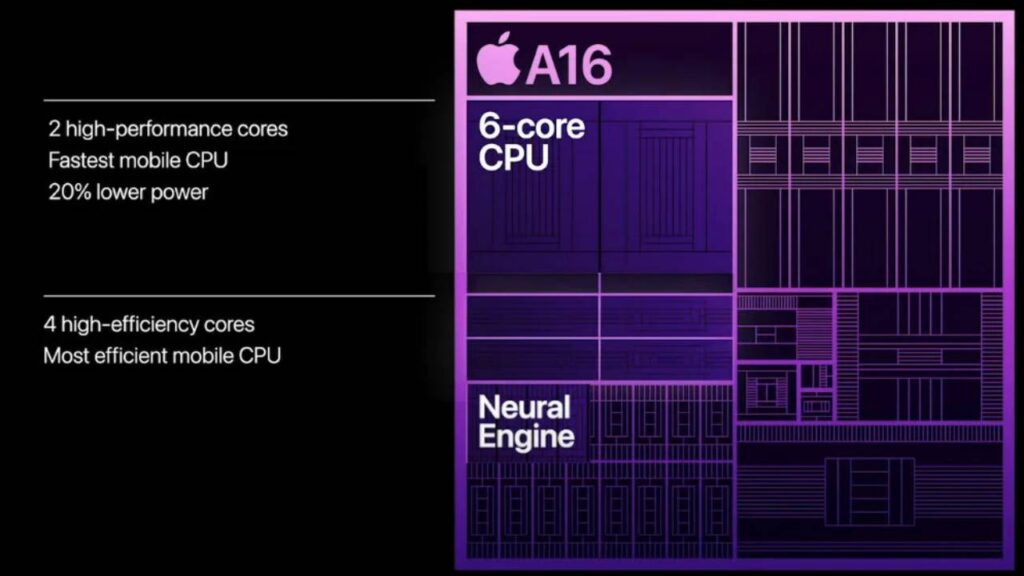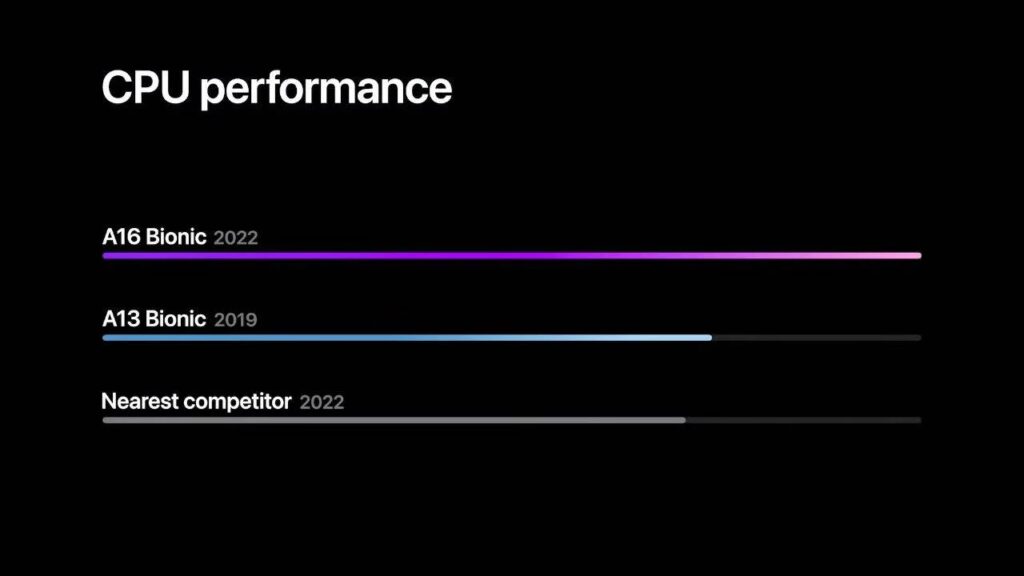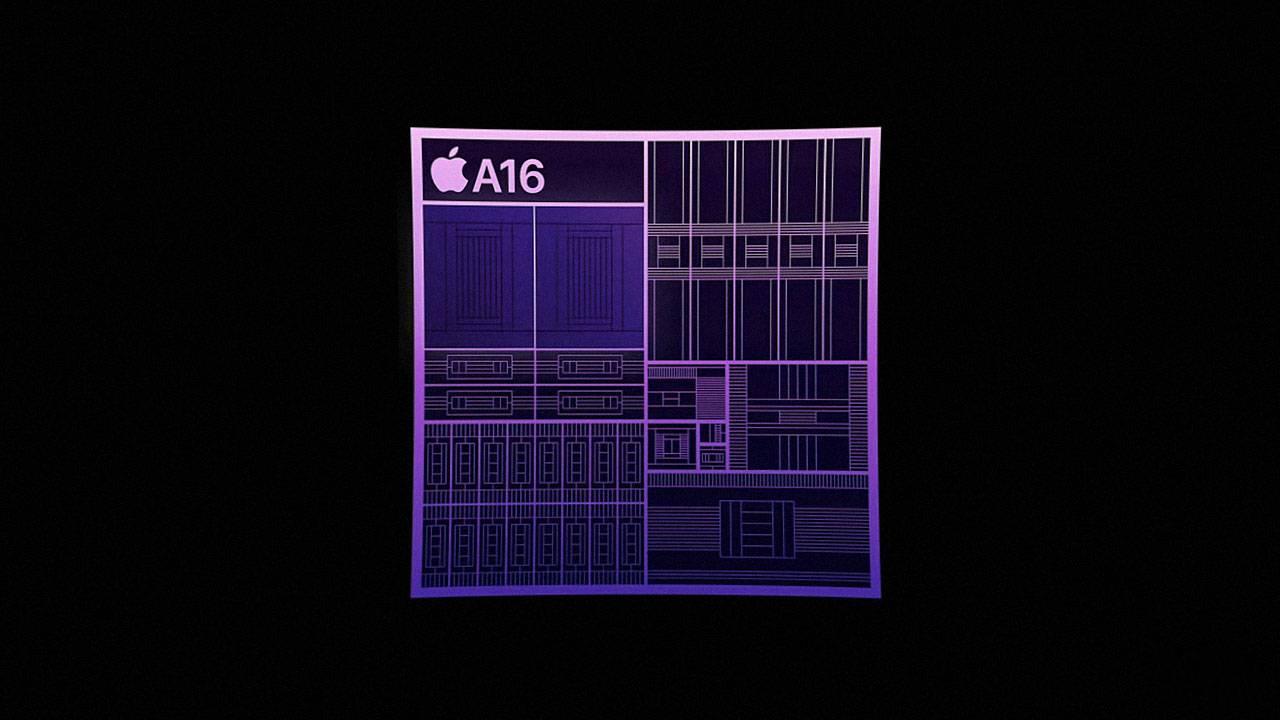Apple introduced the new A16 Bionic processor at the ‘Far Out’ event yesterday. But only the 14 Pro and 14 Pro Max are equipped with the new chip. The iPhone 14 family includes 14, 14 Plus, 14 Pro, and 14 Pro Max models. The company did not put the same components in all models this year. The 14 and 14 Plus use the A15 Bionic.
A15 and A16 Bionic chips have very close data values in tests
According to the first Geekbench tests, the newly introduced processor does not make a huge difference. The A15 Bionic chip scores 1707 and 4659 in single-core and multi-core data. The new A16 Bionic chip scores 1879 and 4664 in single-core and multi-core data. As expected, there was not a huge leap between 4 nm and 5 nm. But this does not mean that the newly developed A16 Bionic processor is slow. Apple is the market leader in this regard.

For the A16 Bionic processor, Apple says: “Generation ahead of rivals in the iPhone 14 Pro and iPhone 14 Pro Max, the A16 Bionic chip unlocks unique experiences like Dynamic Island, provides all-day battery life, and delivers impressive computational photography capabilities.”
With two high-performance and four high-efficiency cores, the new 6-core CPU is up to 40% faster than its competitors and easily handles demanding workloads. The A16 Bionic chip perfectly supports graphics-intensive games and applications because it has an accelerated 5-core GPU with 50% more bandwidth and a new 16-core Neural Engine.

The chip uses Apple’s best-in-class fusion architecture to combine high performance with energy savings and provides more performance by consuming much lower power than its competitors. A necessary part of the Pro camera system, the A16 Bionic powers computational photography features.
Despite the smaller jump in performance that some may have hoped, Apple says the A16 Bionic chip is “the fastest chip ever in a smartphone. In the CPU, the A16 Bionic features the exact 6-core count as the A15 Bionic, but Apple says it’s a “new 6-core CPU.













